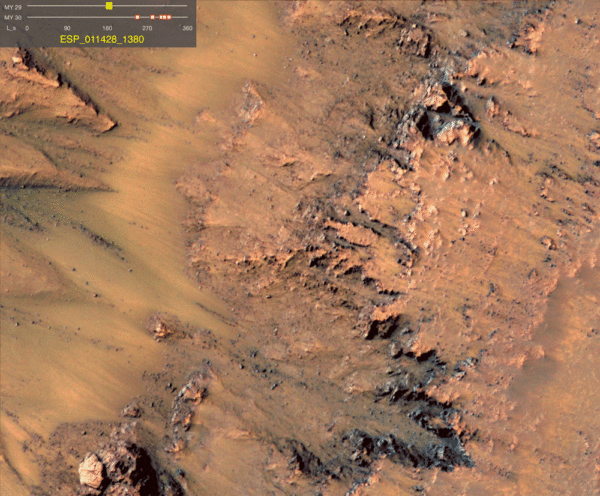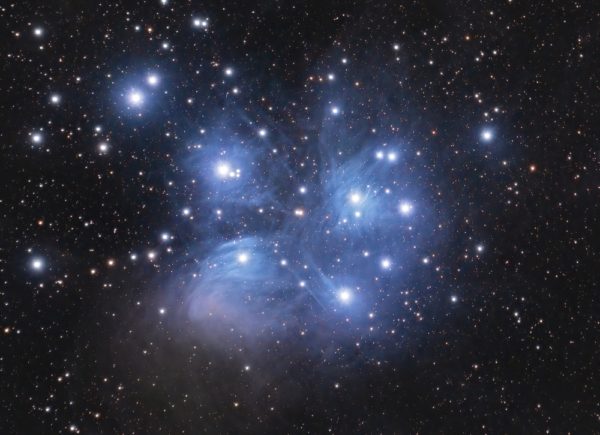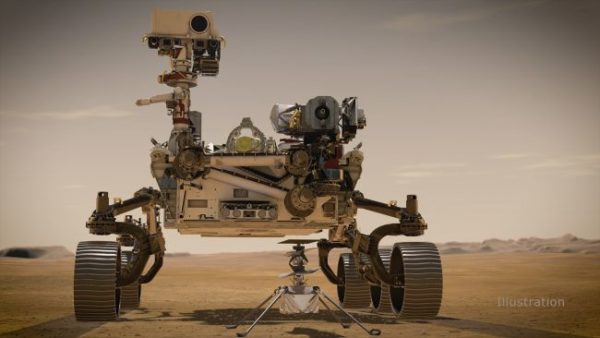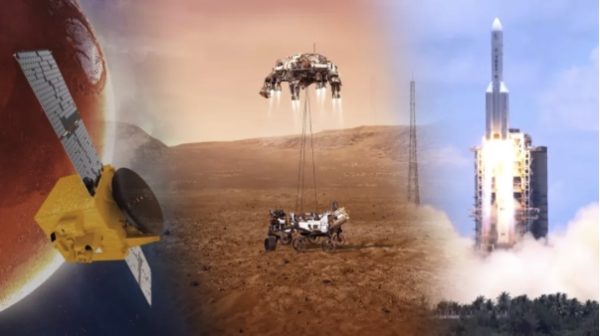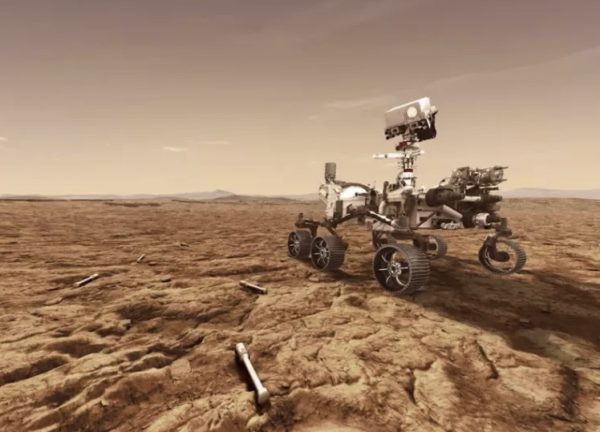SPACE: China and Russia to Establish Moon Base
China and Russia want to build a shared moon base. The two countries agreed to the plans on Tuesday (March 9), saying the International Lunar Research Station (ILRS) would be “open to all interested countries and international partners.” The “memorandum of understanding” between the two countries, announced by the China National Space Administration (CNSA), described the ILRS as a “comprehensive scientific experiment base with the capability of long-term autonomous operation, built on the lunar surface and/or on the lunar orbit that will carry out multi-disciplinary and multi-objective scientific research activities such as the lunar exploration and utilization, lunar-based observation, basic … Read more





